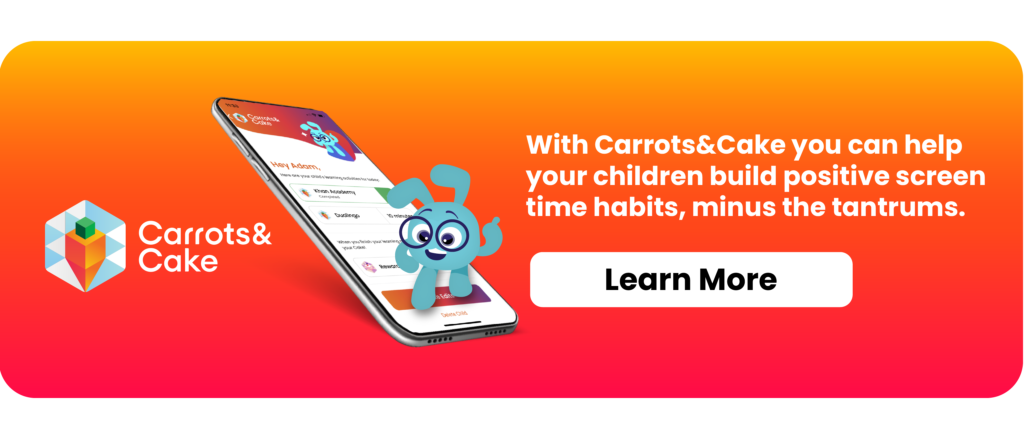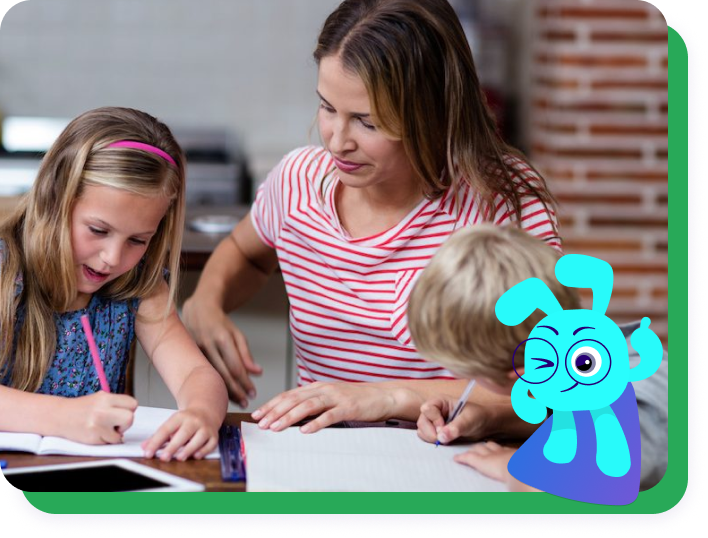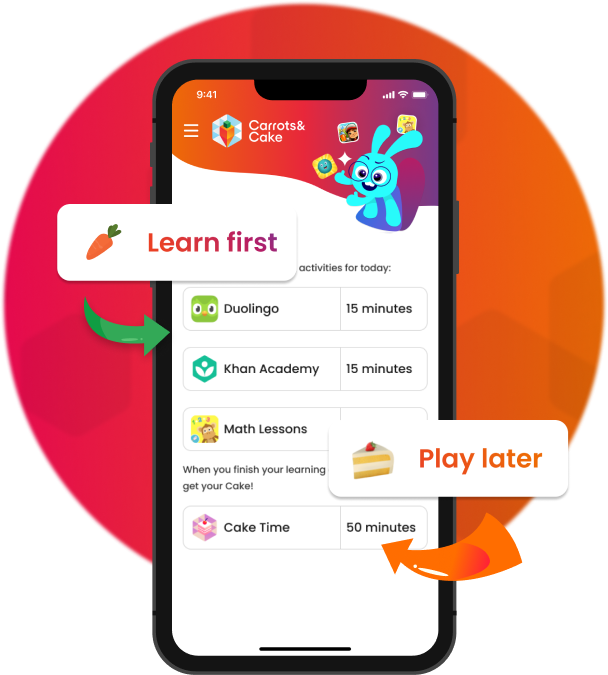


Dr. Gwenyth Jackaway, Ph.D.
Media Expert
A great mind in the history of Western philosophy warned about the new medium of communication. It will make our minds lazy, he cautioned. People will come to be dependent upon it and will lose the ability to learn without it as a crutch.
What was this ‘dangerous’ new tool? The alphabet. And its critic? Plato.
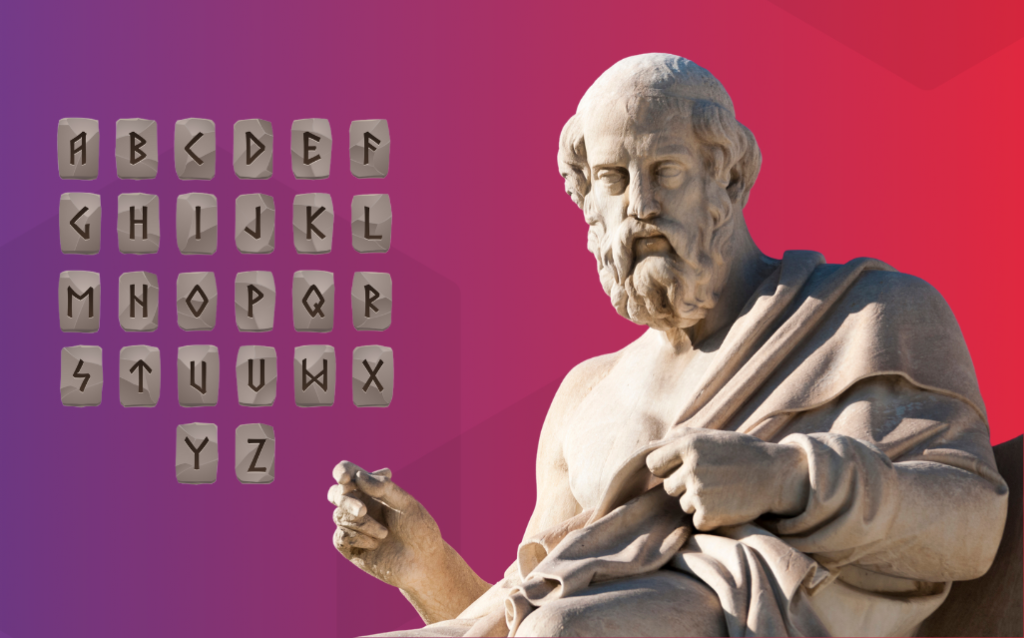
Plato’s own education was conducted through verbal exchange, known today as the ‘Socratic Method’. He saw the development of the written word as heralding the end of a cognitive age. In some ways he was right. The shift from an oral to a written culture did bring new habits of thought and scholarship. The brightest minds of the day no longer had to devote their time and energy to memorization, which had, until then, been key to cultural preservation, pedagogy, and intellectual discourse.
With the alphabet, ideas could be written down, stored, and translated, then transmitted to others across time and space. It was a new age — not necessarily better or worse, but certainly different. Plato was also right that people stopped focusing on memorization. That was the good news, as they were now freed up to engage in other intellectual endeavors. The very tool that he saw as dangerous for learning we now see as essential: literacy.
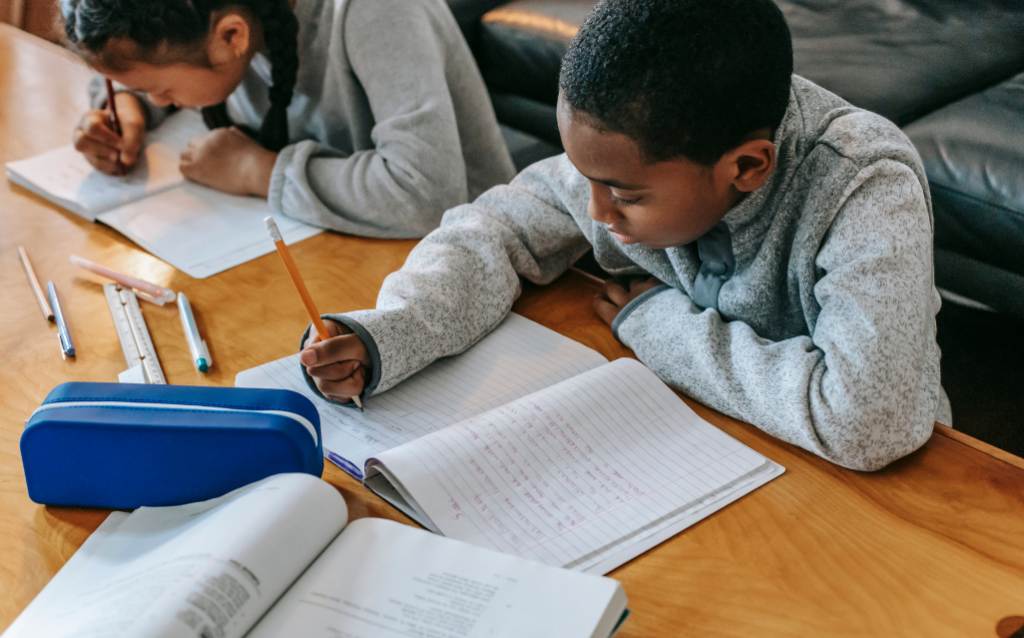
Communication is so essential to the human experience that we keep inventing new ways to do it. Each new development in the timeline of media history offers new capacities, allowing us to share and receive messages in new ways.
When a medium is widely adopted and adapted into our daily lives, there is a ripple effect that impacts various realms, including family life and the education of the next generation. For older generations, it can be hard to adapt to a rapid change in the media environment, especially as kids engage in communication behavior that looks so different from their own childhoods. But different is not necessarily worse.
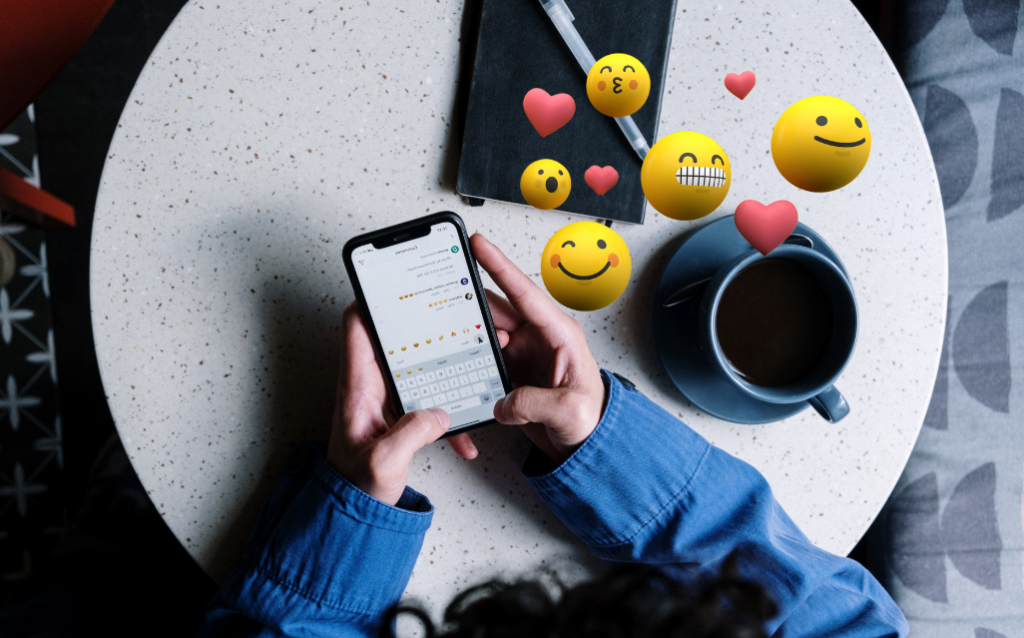
There are issues of genuine concern regarding screen time, digital device use, and the attention economy. However, it’s key to remember that technology itself is not the enemy. Screens are not automatically harmful. Kids can learn from their devices. Reading a book in print is not essentially superior to listening to it in audio form.
Different tools of communication engage our brains in different ways, and we can learn through a variety of media forms. There is not an inherent hierarchy of communication technologies, with print or face-to-face interaction reigning supreme. To function successfully in today’s world, we all need to become adept at using the range of tools at our disposal. They each have cognitive benefits to offer.
It is not surprising — nor is it inherently problematic — that ‘gamification’ has become one of the most popular techniques in contemporary education. Games are fun and help people stay engaged. Educational and exercise apps alike include ‘streaks’ for a reason. Such design elements keep people motivated; and when we are having fun we pay more attention, which helps us learn.
Of course, not everything can be turned into a game. Kids need to practice staying engaged with things even when they are hard and involve a greater ‘cognitive load.’ Carrots&Cake teaches delayed gratification. This helps develop grit. It’s a great example of how kids can learn a valuable lesson and strengthen an important life skill using a device. Additionally, brief learning sessions, such as spending 10 minutes a day learning a new language, help progress us toward a goal. The encouraging feedback — points, streaks, or awards — built into the learning apps, appeals to our natural desire for positive reinforcement and helps to keep us going.
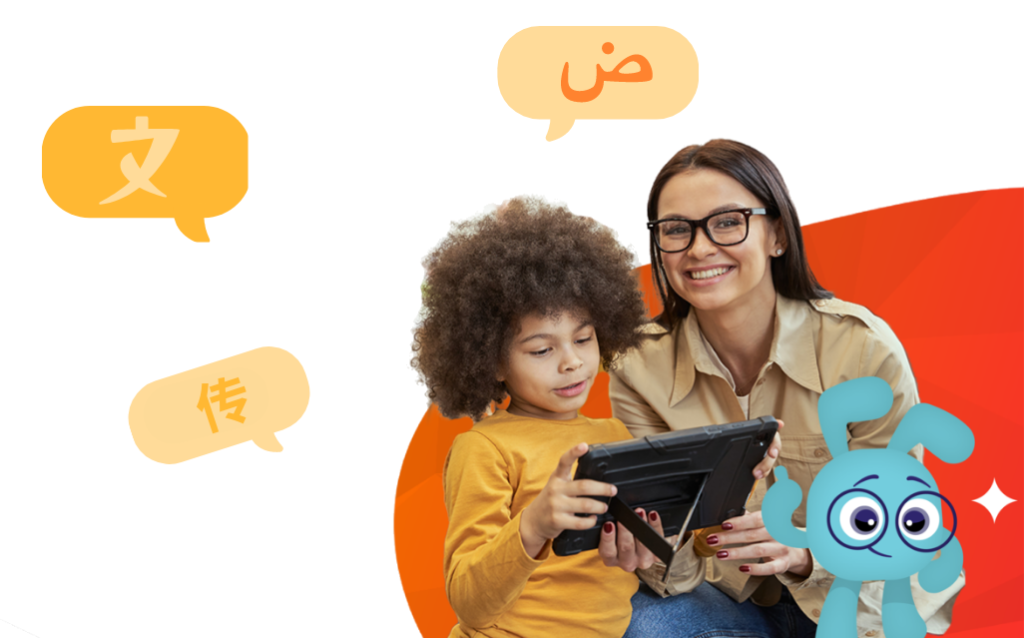
Eventually, the pleasure of learning becomes its own reward. Ultimately, it’s not dopamine that’s the problem. The problem is expecting all of life to feel like a video game. It can’t, and it won’t. And that’s the good news. We need to help our kids — and each other — get better at toggling between the highly compelling stimulus available 24/7 at the touch of a button and the pleasures that can only be experienced in real life, away from screens, engaging with each other and the world around us.
Carrot&Cake’s aim is to help kids develop healthy screen habits. One of the key priorities is to teach balance. Just as it’s not healthy to read all day and get little exercise or social interaction, excessive screen time is also a hallmark of life out of balance. Carrots&Cake is designed to support parents and train kids that high dopamine screen time, like most of life’s pleasures, is best enjoyed in moderation.
The challenge for all of us living with these technologies is to be intentional about our attentional allocation. After all, where we put our attention on a continuing basis becomes our lives. Technology is neither good nor bad. It is what we do with these tools, our intentions, and the applications to which we use them that matters the most.
